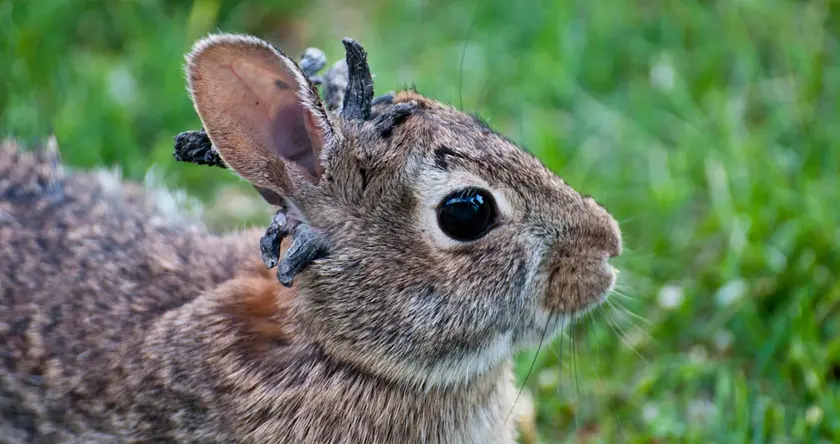T4K3.news
Rabbits with horns prompt science over myth in Colorado
Experts explain horn-like growths in wild rabbits are caused by a virus, not a new monster.
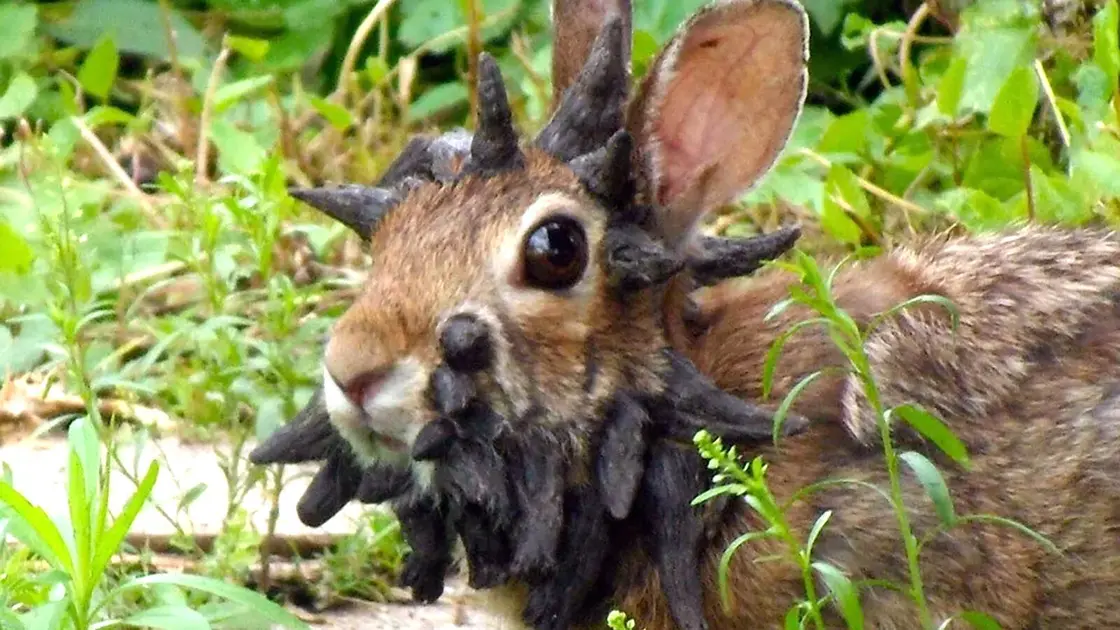
A virus that causes horn like growths in rabbits in Colorado prompts scientific explanations and cultural debate about the jackalope myth.
Why Rabbits Are Growing Horns And Tentacles In Colorado
In northern Colorado, observers have reported rabbits showing horn-like keratin growths behind their ears and unusual facial growths. Scientists attribute these changes to Shope papilloma virus, a seasonal infection that can produce dark horn-like outgrowths around a rabbit's face and neck. The virus is not new, and while rare cases can lead to cancer, most infections are non-fatal and tend to be benign. Transmission to people or most pets is unlikely, and spread is usually through insect vectors.
Officials say there is no immediate wildlife danger and Wyoming authorities are monitoring rabbit movements near the border. The condition has also fed folklore, with the jackalope legend rooted in Douglas, Wyoming. Local taxidermists and museums have leveraged the tale for tourism, illustrating how myths persist even as science explains a phenomenon. Experts urge people to avoid handling wild rabbits with unusual growths and to seek veterinary advice if concerns arise.
Key Takeaways
"It’s been around forever, it’s a virus, it’s nothing new and it’s being sensationalized because people are seeing what it can do to wild rabbits."
Hess on the virus and media attention
"Not transmittable to people, it’s not transmittable to other pets other than rabbits"
Hess on transmission risk
"While this infection does look alarming, it is not fatal unless it interferes with the animals' ability to eat and drink"
Amanda Fry on severity to wildlife
"I think people just love mythology, it’s kind of a cool thing and you’ve got Greek mythology"
Jenna Rose on enduring legends
The story shows how sensational online images can ride popular myths while facts stay in the background. By letting scientists explain the condition, editors can prevent panic and misinformation. The tale of the jackalope also reveals how regional legends shape local economies and culture, sometimes more than science. In this case, the contrast between biology and folklore offers a chance to improve public understanding of wildlife disease.
Highlights
- Myth travels faster than data in the wild
- Legends thrive where curiosity is loud
- Science keeps pace with folklore in the prairie light
- Rabbits show how truth and myth share the same habitat
Public reaction risk over jackalope link
The piece blends a real animal disease with a legendary creature, which could fuel misinformation or sensational online posts. Authorities warn against handling wild rabbits with unusual growths and emphasize the scientific explanation over folklore.
Truth and tales share a common ground in the prairie light.
Enjoyed this? Let your friends know!
Related News
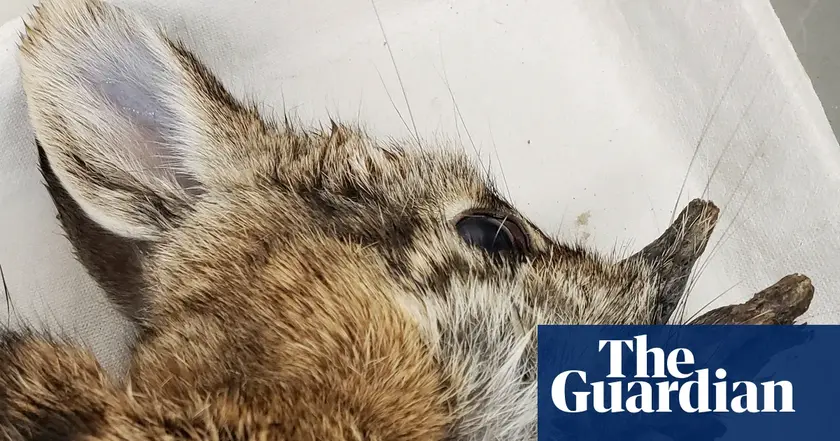
Demon rabbits not dangerous
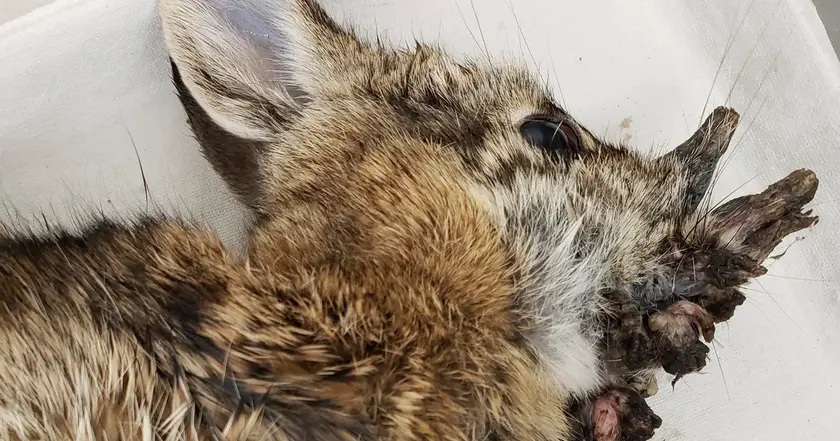
Colorado rabbits grow hornlike growths from a common virus

Frankenstein rabbits alert
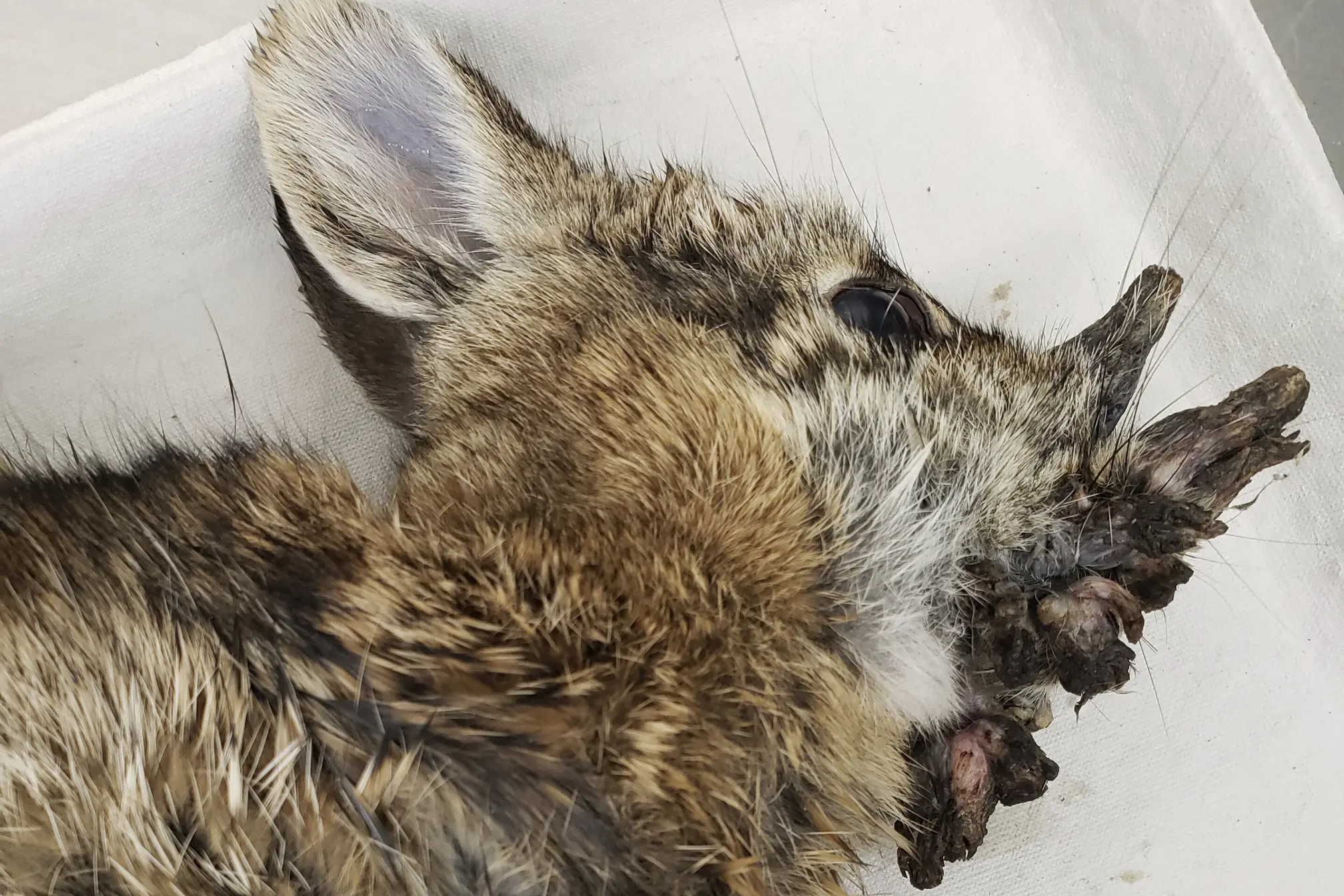
Colorado rabbits show hornlike growths linked to a common virus
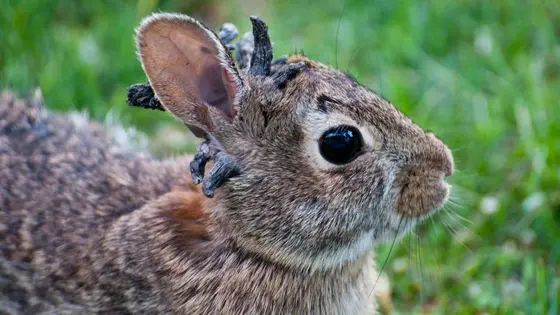
Rabbits with hornlike growths in Colorado
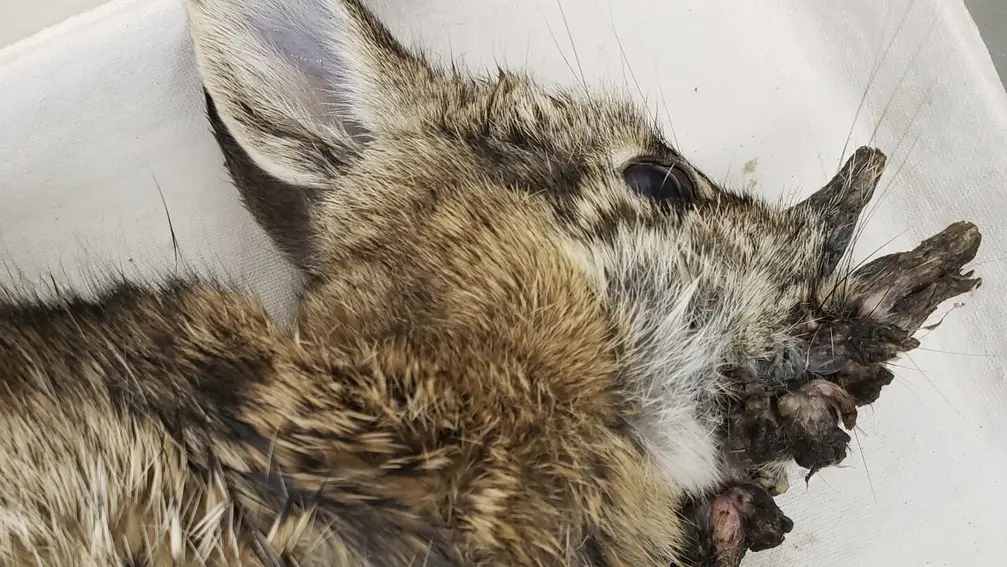
Horned rabbits in Colorado confirmed
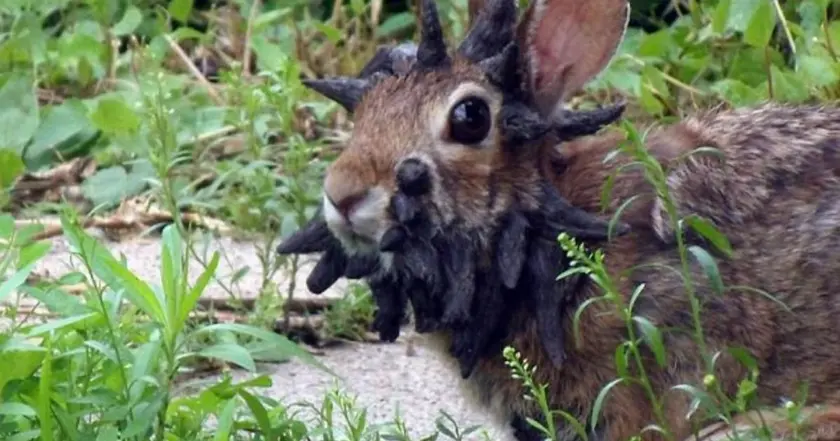
Virus turns CO rabbits into horned Frankenbunnies

Unusual rabbits in Fort Collins prompt health guidance
